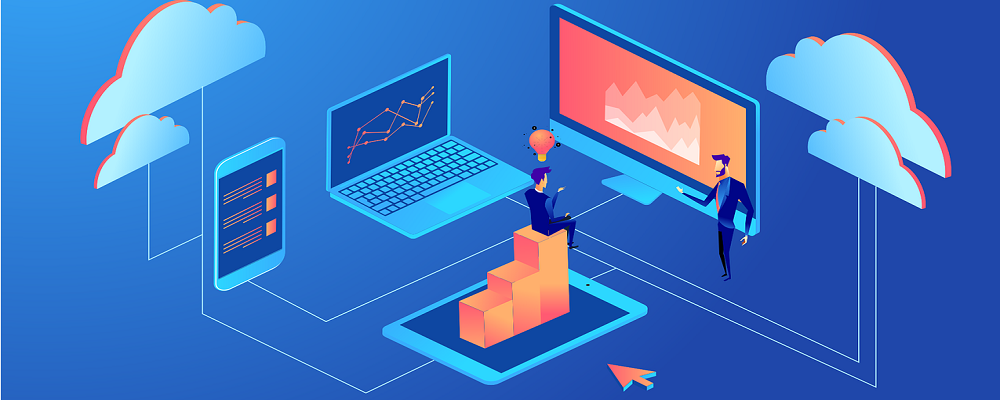
Future of Cloud Computing

Future of Cloud Computing
Nowadays everything in the digital world is connected to Cloud. The adoption and rise of cloud services have completely transformed business. Cloud manages everything from infrastructure to software development to deployment. It has been an integral part of remote working during the Covid-19 crisis.
It opens up a whole new world of opportunities, applications, services, and platforms. The cloud computing future can be seen as a combination of cloud-based software products and on-premises computation, which will aid in the creation of hybrid IT solutions. The updated cloud is scalable and adaptable, providing security and control over the data center. The coordinated workflow and improved data processing will be essential components of cloud computing.
According to the survey, IT investment in public cloud services will outpace traditional IT spending at the end of 2025. Public cloud solutions will account for 51% of IT spending in these markets by 2025.
Let’s see some of the future trends in Cloud.
1. Advanced Security system
The latest security threats will be eliminated through innovation in cloud. Cloud security is being integrated with AI and machine learning which aids in the automation of the threat detection and prevention process. Machine learning assists in the analysis of global data points in cloud-based transactions. AI targets indicators that are more precise in time and function. The cloud of the future is going to be more robust. The cloud providers will provide improved security measures by opening up new avenues for preventing cyber attacks.
As many businesses attempt to cut expenses in the face of a predicted economic recession, so the companies will likely be on finding innovative and cost-effective ways to maintain cyber security. In 2023, the increased use of AI and predictive technologies meant to detect attacks before they cause problems.
2. Cloud providers who support both multi-cloud and hybrid cloud solutions
According to the business and IT organizations, they will select cloud solutions that are built to serve specific goals. In such cases many organizations will operate in a multi-cloud environment, utilizing several technologies from various providers. A hybrid cloud strategy, in which certain applications are hosted on-premises and some in the cloud will reduce the complexity.
Alternative cloud solutions are being considered by organizations. As the cloud industry is expanding more businesses are searching for cloud providers who can satisfy their specific needs rather than complex and costly solutions. As multi-cloud becomes the main cloud approach for organizations and this trend will gain more pace.
3. Cloud-based AI driven by ML
As businesses leverage digital transformation, IT teams must be equipped with the correct combination of people, procedures, and technology to best support business objectives. AIOps, MLOps, and APM technologies can help optimize IT performance and revolutionize digital organizations by improving the procedures of how humans, technology, and tools interact.
These approaches not only help to minimize operational expenses by automation, but they also aid in increasing operational efficiency by offering real-time insights into ongoing processes. AI/ML models can have access to a significant amount of data when trained and deployed in the cloud.
4. Concentrate more on sustainability to increase Cloud Adoption
Sustainability is becoming increasingly important to businesses all around the world. Most organizations support that decreasing energy consumption connected with computer engines, infrastructure services, and larger storage requirements will assist them in moving toward sustainability. The majority of IT giants will find innovative ideas to attain zero carbon emissions.
5. Cloud Operations with new Use Cases
According to the survey, the global cloud investment will reach $500 billion by the end of 2023. Cloud computing will remain a vital component of every digital service. With the development of computers with high speeds and networks such as Wi-Fi 6E and 5G, we will see data streamlining in different formats. The introduction of cloud-based augmented reality and virtual reality technology will bring innovation across industries.
Conclusion
The future will bring great changes as cloud service providers find innovative and strategic ways to remain competitive in the market. The cloud will also bring new opportunities in every field. More organizations are anticipated to shift their digital offerings to the cloud and make them available to a broader audience in the next few years.
Sapizon Technologies is a leading company in providing cloud services to various businesses. We have a team of skilled and experienced professionals in deploying secure, flexible, and scalable solutions in public, private, hybrid, and multi-cloud environments.